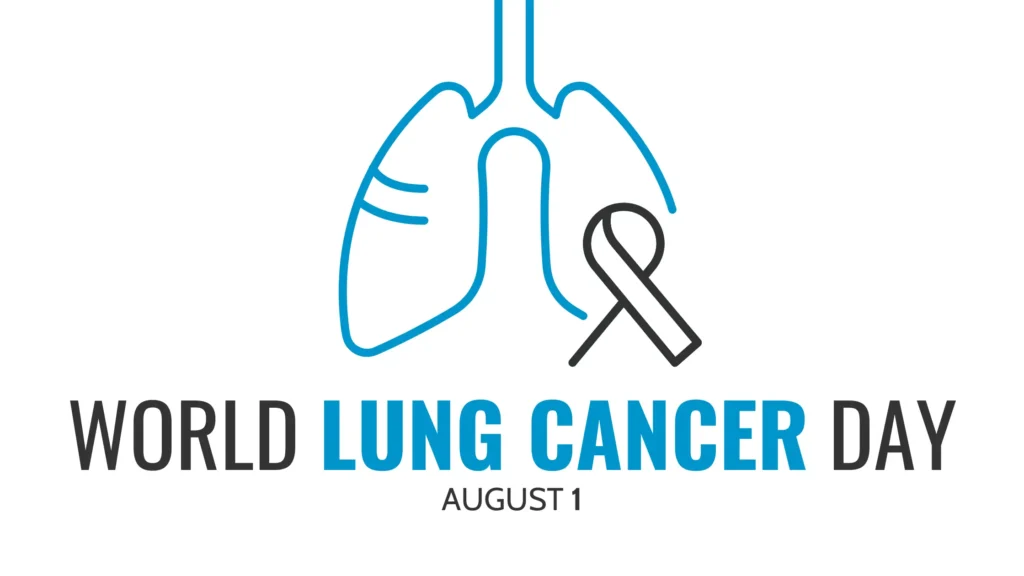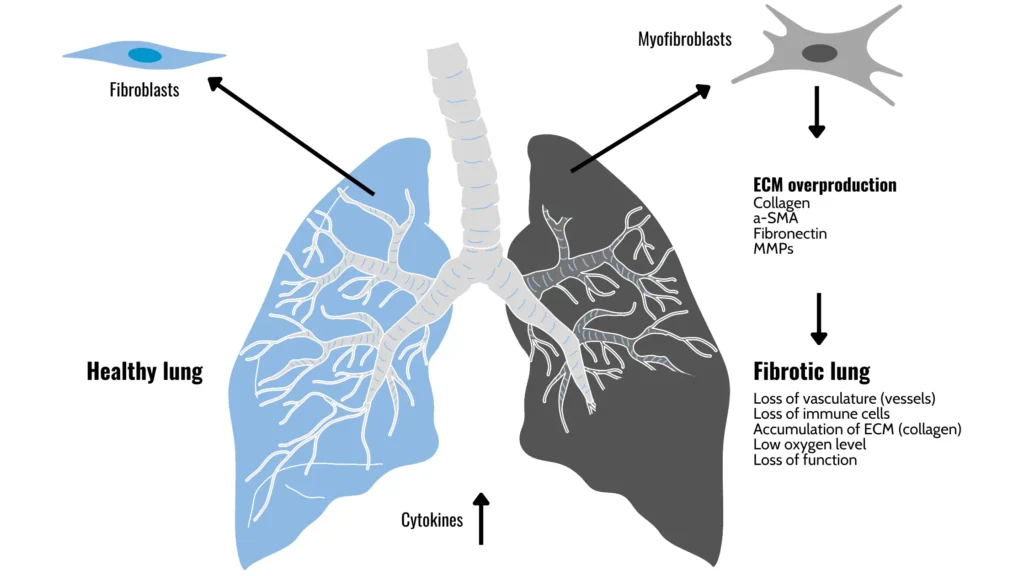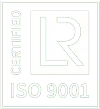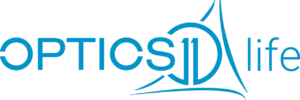Researchers are investigating how measuring the physical properties of tumors can lead to new treatments.

World Lung Cancer Day is a yearly reminder of the urgent requirement for novel therapies to fight this cataclysmic physiological phenomenon.
Being a pre-dominantly biology-intensive research area, the role of mechanics is often overlooked or worse, forgotten in the quest to better understand the disease. However, recent advancements in indentation technology are transforming our knowledge of lung cancer and its progression.
The role of mechanics
Stiffness, viscoelasticity and adhesion are a few examples of mechanical indicators that can be measured to infer cell behavior. Alterations to these indicators, particularly stiffness, can significantly impact the growth, invasion and metastasis of tumor. Additionally, due to the non-destructive nature of indentation, these indicators can be used as biomarkers for disease progression and treatment response without damaging the biological or biomaterial samples.
3D in vitro disease modeling
Recent advancements in 3D cell culturing techniques have brought forth and cemented the utility of organoids and spheroids for in vitro disease models. These miniature organs offer a more physiologically relevant platform to study tumorigenesis than their traditional 2D cell culture model counterparts. In a recent paper, researchers developed a biomimetic hydrogel to culture patient derived lung cancer organoids. The stiffness of this novel hydrogel (measured using the Piuma indenter) accurately resembled the mechanical behavior of the extracellular matrix (ECM) observed in the original donor patient’s tumor tissue. Utilizing the same Piuma platform, a separate study examined the viscoelastic properties of pig and human lung tissues with respect to GelMA hydrogel. Lastly, another novel study examined the effect of repeated cultures on the mechanosensing of stromal cells.

Mechanics as a biomarker
There is growing evidence suggesting that mechanical properties can be utilized as a potential biomarker for pre-clinical translational research. Using indentation, scientists can quantify minute changes in the tumor microenvironment and leverage this data downstream to further develop innovative patient-specific treatment avenues.
Pioneering indentation for cancer research
At Optics11 Life, we do not just create precision instruments. We provide tailormade research solutions that enable scientists to understand the complex interplay between mechanics and cancer biology at the micro–scale. Our indentation technology offers a platform for quantifying physiologically relevant mechanical properties that has been extensively used in tumor related therapeutic studies.
Are you interested in how you can leverage nanoindentation in your cancer research? Book a meeting with our experts to discuss and explore the application of our technology in your specific research area.
This blog post is intended for informational purposes only and does not constitute medical advice.



